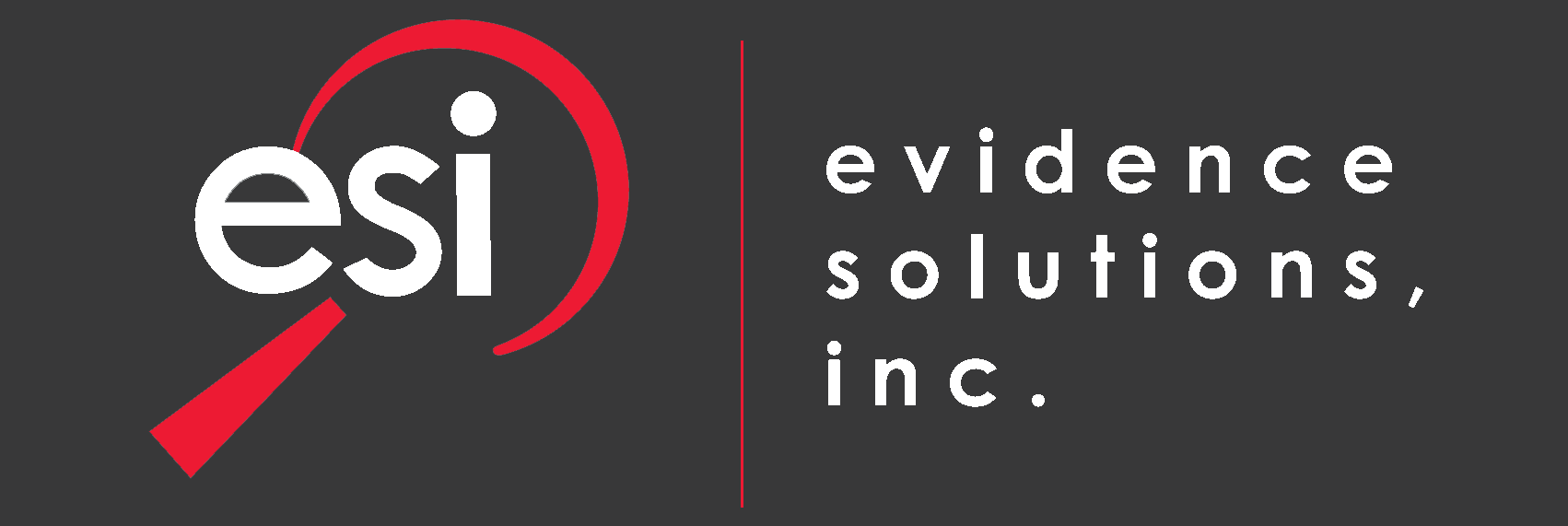According to the U.S. Department of Transportation ( DOT ) over 3300 people died in distraction related crashes in 2012. While distraction includes: eating and drinking, talking to passengers, grooming, reading, navigation systems, watching a video, talking on the phone or adjusting the sound system, one of the most significant distractions is Texting

In addition to the deaths, an additional 421,000 people were injured in accidents where driving distracted was a factor that same year. At any time in the United States, according to the DOT, over 660,000 drivers are actively using their cell phones while driving.
According to the National Highway Transportation Safety Administration ( NHTSA ) over 71% of teens and young people surveyed have composed and sent a text message (SMS) while driving. Of the teens and young drivers who were surveyed, around 78% of them admit reading a text message while driving.
For commercial vehicle fleet owners and operators a solid plan to discourage texting and driving should be implemented. Logically the plan should include all company drivers. A Cell Phone & Driving Policy should be shared with all employees, to discourage distracted driving across the entire organization.
A few seconds of distraction is all it takes to cause a crash which could alter one or more person’s life forever.
But, that isn’t the only reason that organizations should be on board. According to the National Safety Council, each work-related motor vehicle claim for injuries costs an estimated $69,000. This amount is not limited to Commercial Vehicles. This accounts for all vehicle accidents which are work related in which injuries are sustained.
“Helping employees avoid distraction while driving starts with management and creating a culture committed to safety,” said Chris Hayes, a second Vice President with Travelers. “Employees who drive for work often feel pressure to respond to emails and phone calls, especially from their manager. It’s important for company leaders to set the expectation that it’s better to respond later than while driving.”
Organizations must form a unified front and discourage distracted driving. Managers should set that expectation when meeting with subordinates and the c-level managers should preach the message to the entire organization.
According to the Travelers insurance company, less than 30% of its clients have any formal policy that addresses distracted driving and is strictly enforced.
Evidence Solutions concurs that something similar to Travelers’ four step program to discourage distracted driving be implemented and enforced. Travelers’ four step program includes:
1. Create – Develop a formal, written policy stating your organization’s position on mobile device use and other distractions while driving. This policy should apply to everyone in your organization who drives a vehicle, regardless of their position.
2. Communicate – To be effective, safety policies should be communicated repeatedly. Have every employee who drives acknowledge in writing that they have read, understand and will follow it. Then, send regular messaging to employees via emails, newsletters and bulletin board postings to reinforce the policy.
3. Follow – Managers and office staff should lead by example. Let employees know that while they are on the road, no phone call or email is more important than their safety. To further prove that point, managers and other staff should defer conversations with employees until they are safely parked.
4. Promote – Managers should define the safe driving practices and expected behaviors of those that drive for any business purpose. They should also take the appropriate steps to understand who is following these policies, and actively promote the desired behavior.
Evidence Solutions has a sample Cell Phone & Driving Policy. That can be implemented in any size organization.

